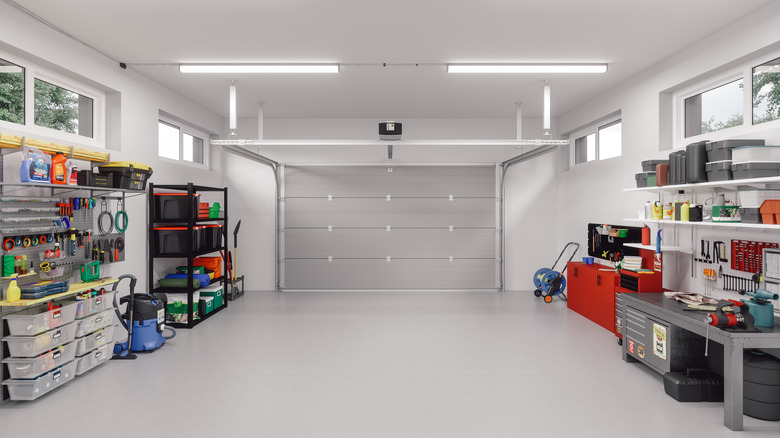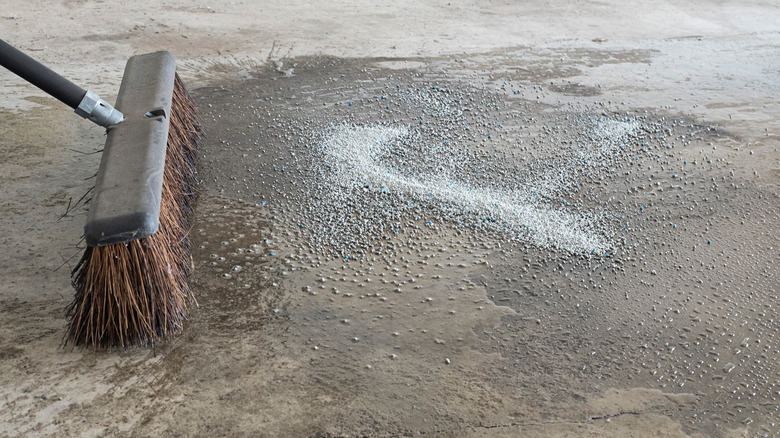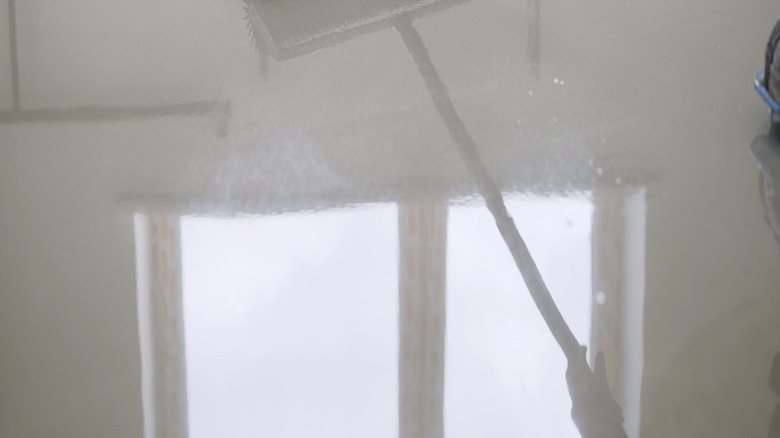Stone Floors In Your Garage May Look Great, But Is It Practical?
If you want to upgrade your garage floor or give it a touch of class, stone flooring is a good option. With a variety of types like flagstone, graphite, and sandstone, you have a wealth of design options at your fingertips. Beyond aesthetic appeal, its durability makes it a strong candidate for garage floors, since your garage is not just a parking spot for your car. It's often a workspace, a storage area, and a hangout spot. It would help if you had a floor that could withstand wear and tear from all these activities. Stone offers resilience due to its inherent physical properties, such as its high density and toughness against cracking or chipping.
Regarding color schemes and patterns, stone gives you a broad palette to work with. The range is virtually limitless, providing plenty of opportunities to match your garage's aesthetic to the rest of your home or to create a unique space that stands apart. Stone also ages well, gaining character over time, unlike some synthetic materials that may look dated or worn after extensive use.
Yet, beauty and durability don't come without their trade-offs. Indeed, performance hinges not just on aesthetics and durability but also on how well you can maintain your garage floors over the years. While stone offers many advantages, there are practical aspects you should weigh before diving into this type of flooring for your garage. You'll want to consider all angles, from installation complexities to long-term maintenance.
Stone's porosity and other limitations
When weighing the pros and cons of stone flooring, be sure to factor in both the initial costs and the ongoing maintenance and climate-specific considerations. One primary concern is stone's natural porosity. The material tends to absorb liquids, making it susceptible to staining. Accidental spills could become an issue if you're using your garage for storing items like paint or oil, since removing such stains usually requires professional cleaning.
The porous nature of stone also leads to moisture-related problems. In a damp climate, stone floors can become a breeding ground for mold and mildew. If you live in an area with high humidity, you'll need to consider additional sealants or treatments to keep moisture at bay. These treatments can be costly and must be reapplied periodically. Another critical aspect to consider is the installation cost. Stone flooring isn't a weekend DIY project. The material is heavy, and proper installation requires a level of expertise that most homeowners don't possess.
An affordable and resilient alternative
If the drawbacks of stone flooring have you second-guessing, polished concrete offers an excellent alternative. Known for its hardiness, concrete floors can withstand high pressure from vehicles and heavy machinery without showing wear and tear. While stone impresses with its natural patterns and colors, polished concrete isn't exactly lacking in the aesthetic department. You're not stuck with a drab, gray slab — you can incorporate colors, textures, and patterns to align with your aesthetic vision for the garage.
But, where concrete really shines is in its budget-friendly nature. The material is much less expensive, ranging from $3 to $8 per square foot, and the installation costs are often lower as well. Plus, finding professionals who can handle concrete installation is easier, giving you more options and potentially quicker timelines. Another benefit of polished concrete is that it's low maintenance — polished concrete is easier to clean and can tolerate high humidity. That being said, concrete floors do suffer from temperature extremes in the same way that stone does. That means you're still likely to step onto an ice-cold floor in the winter.



